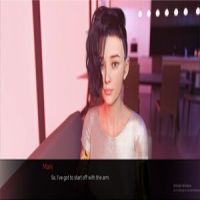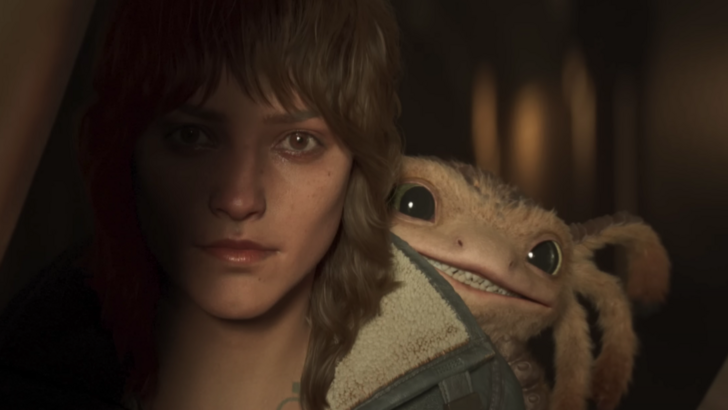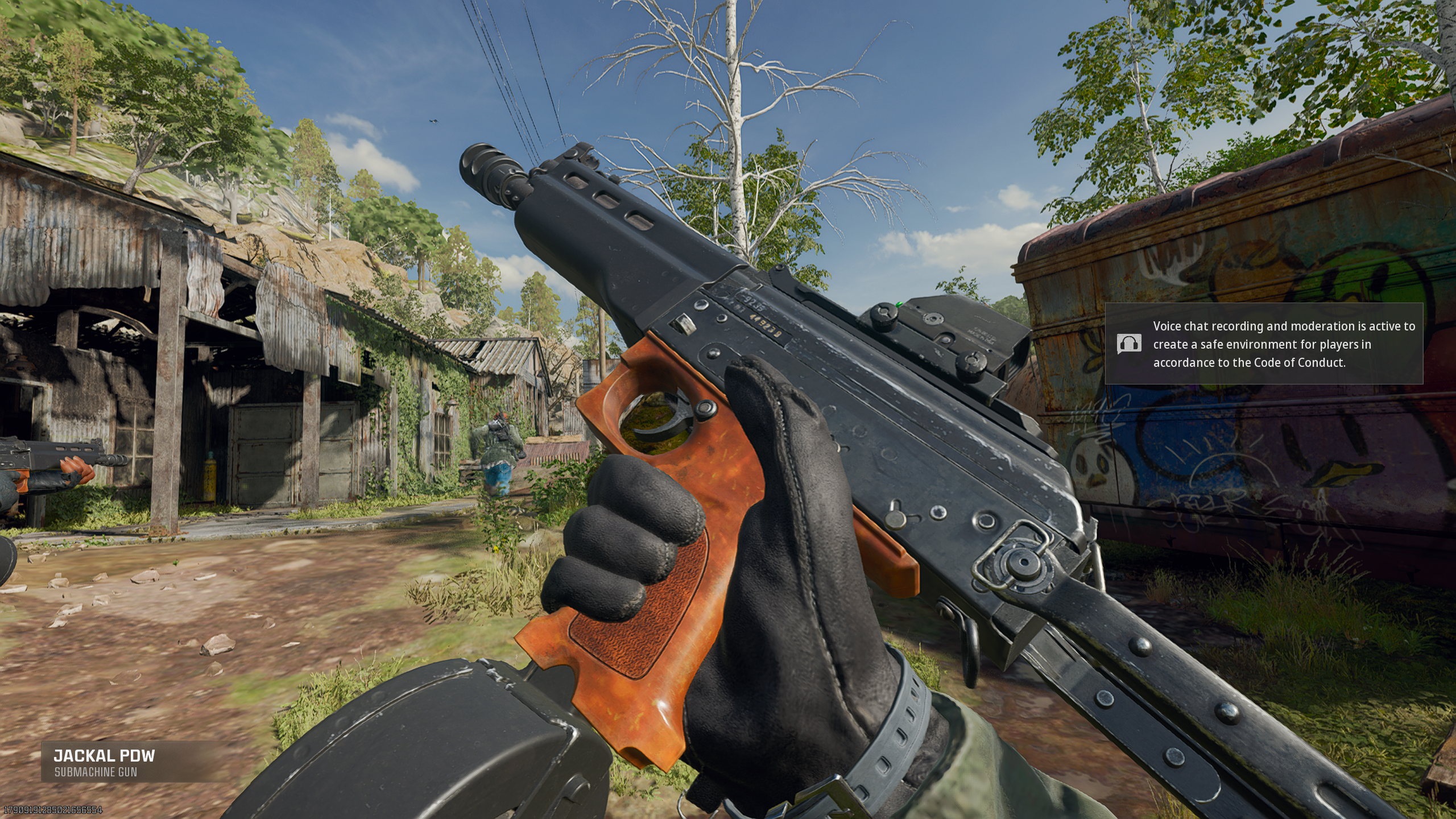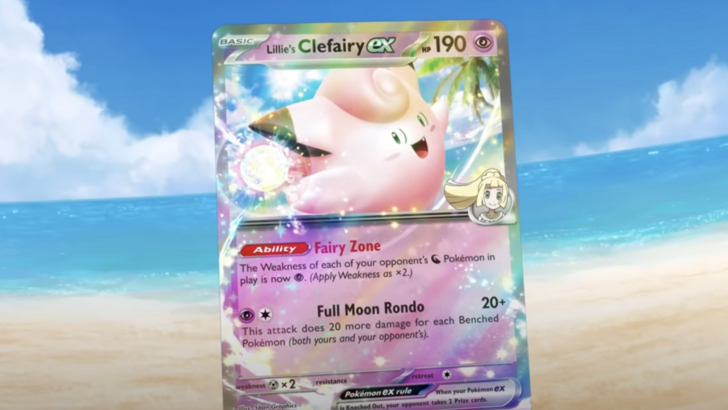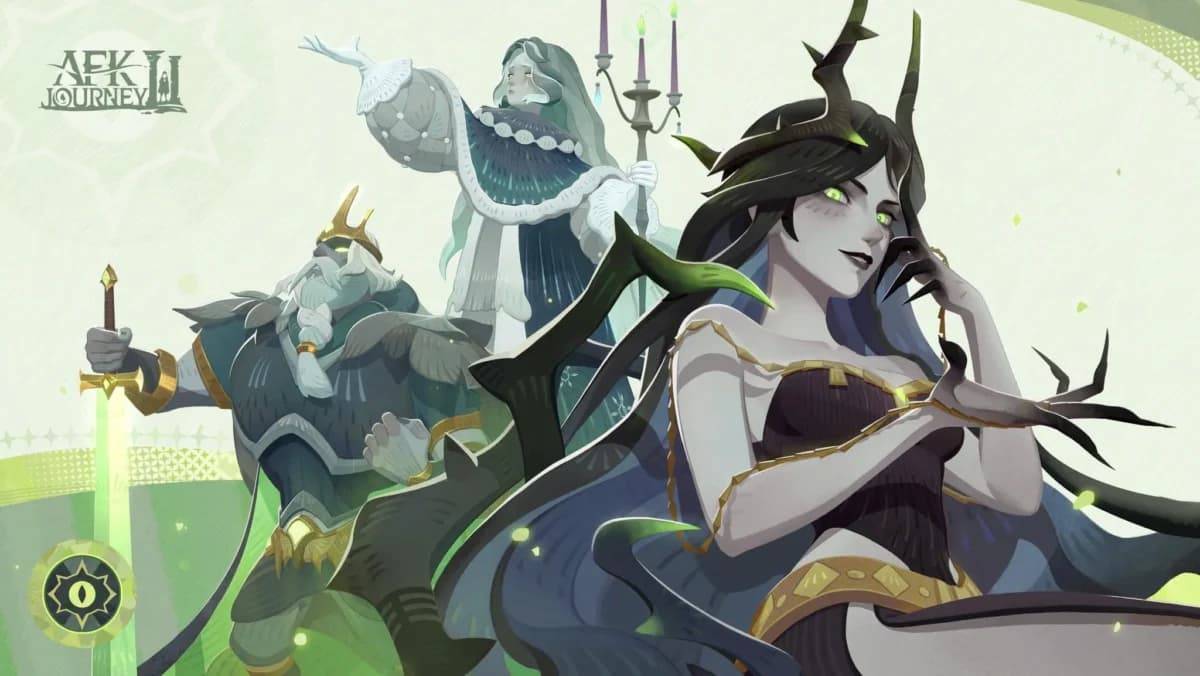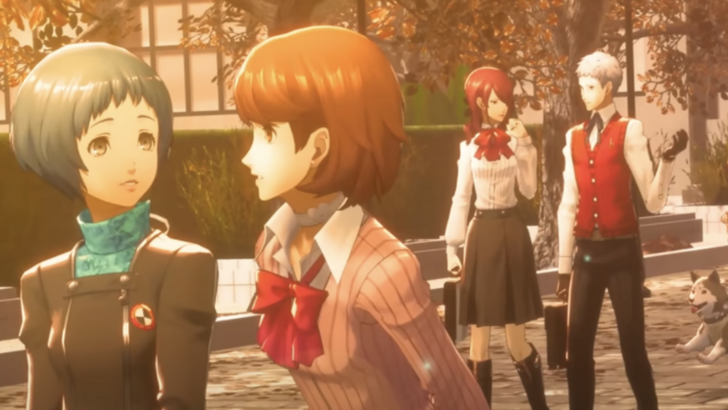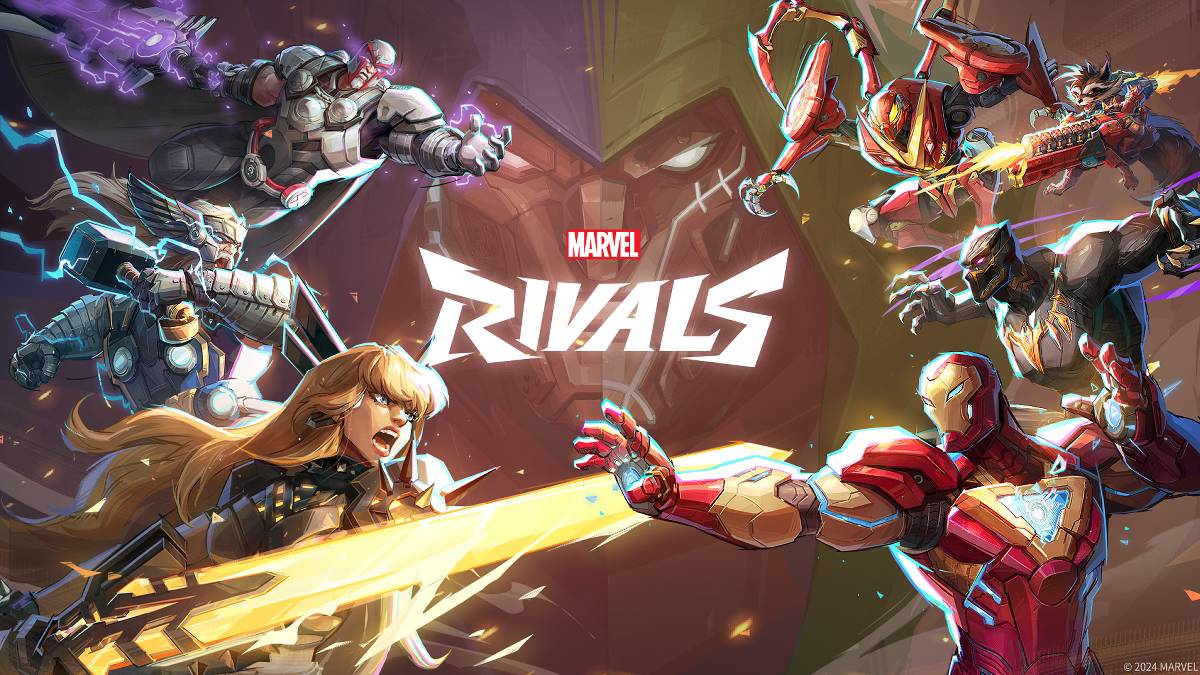Pokémon World's Strongest: Fish Reign Supreme
For those new to the Pokémon universe, categorizing creatures by type is a common approach. However, Pokémon can also be classified based on their resemblance to real-world animals. Following our exploration of dog-like Pokémon, we now dive into the aquatic realm with a curated list of the 15 best fish Pokémon that merit attention.
Table of Content ---
- Gyarados
- Milotic
- Sharpedo
- Kingdra
- Barraskewda
- Lanturn
- Wishiwashi
- Basculin (White-Stripe)
- Finizen/Palafin
- Seaking
- Relicanth
- Qwilfish (Hisuian)
- Lumineon
- Goldeen
- Alomomola
0 0 Comment on this Gyarados
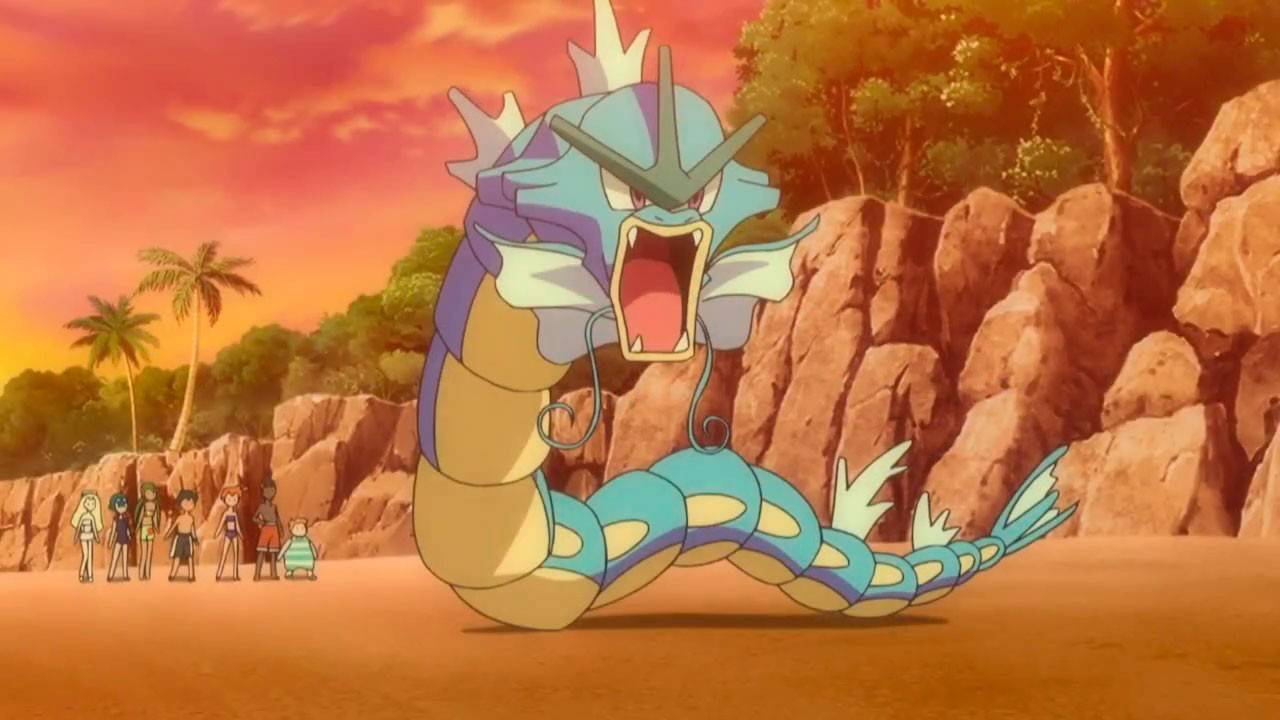 Image: bulbapedia.bulbagarden.net
Image: bulbapedia.bulbagarden.net
Gyarados is an iconic Pokémon celebrated for its striking design and formidable power. Its transformation from the seemingly weak Magikarp into a powerhouse has captured the hearts of players globally. Inspired by a Chinese legend about a carp that leaps over the Dragon Gate to become a dragon, Gyarados symbolizes perseverance and strength. Its wide range of attacks and battle versatility make it a fan favorite.
In its Mega form, Gyarados gains the Water/Dark typing, reducing its vulnerability to Electric attacks while significantly boosting its defense and attack stats, turning it into a feared opponent. Without this enhanced form, it remains susceptible to Electric moves and, as a Flying type, weak to Rock moves. Conditions like paralysis and burns can severely hamper its performance in battles.
Milotic
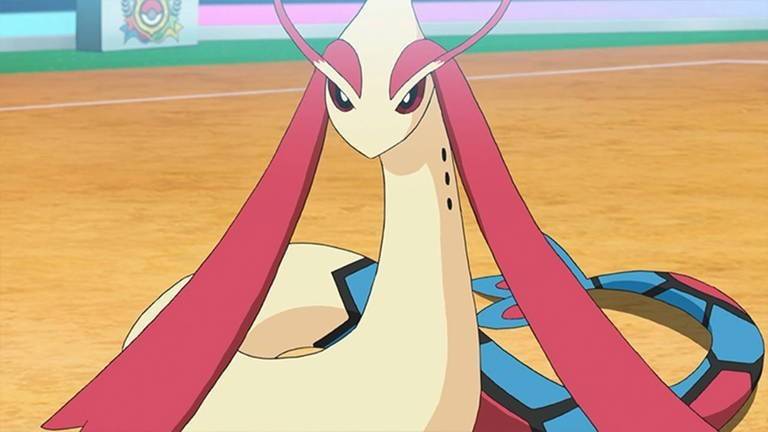 Image: mundodeportivo.com
Image: mundodeportivo.com
Milotic is the epitome of beauty and strength, renowned for its elegance and resilience. Often linked with peace and harmony, it also possesses impressive combat capabilities. Drawing inspiration from ancient myths about sea serpents, Milotic's design reflects a fairy tale creature capable of soothing hostile emotions and turning chaos into harmony. It's an excellent addition to any team seeking a blend of beauty and power.
Evolving from Feebas, one of the most challenging Pokémon to catch and evolve in the classic games, Milotic is a prized asset. Its vulnerabilities include Grass and Electric attacks, and paralysis can notably slow it down. Milotic often relies on healing to withstand strong offensive opponents.
Sharpedo
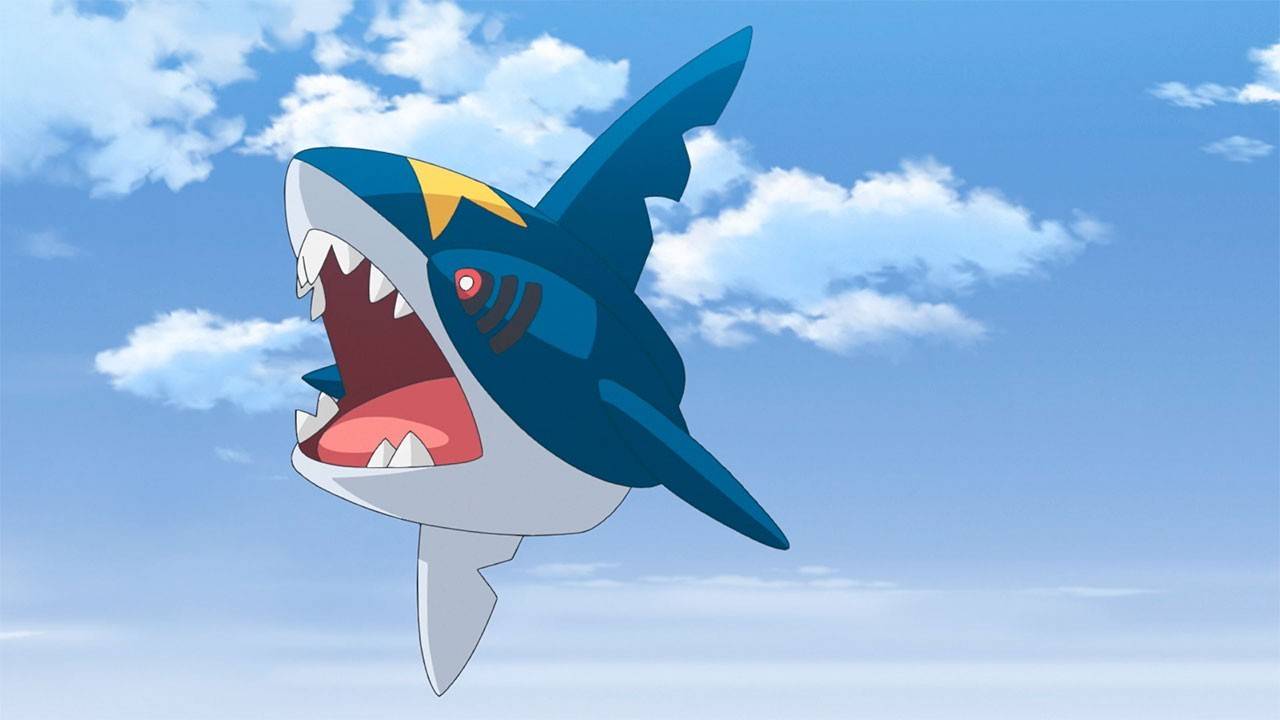 Image: bulbapedia.bulbagarden.net
Image: bulbapedia.bulbagarden.net
Sharpedo, the fastest predator of the seas, is admired for its speed, powerful bite, and aggressive nature. This Water type Pokémon's torpedo-shaped shark design is as intimidating as its battle prowess. Ideal for trainers with an aggressive playstyle, Sharpedo can evolve into its Mega form, making it a formidable choice for delivering devastating damage.
Despite its strengths, Sharpedo's low defense makes it vulnerable to swift attacks like Aqua Jet or Mach Punch. It is also susceptible to paralysis and burns, which can diminish its speed and attack power, reducing its overall threat level.
Kingdra
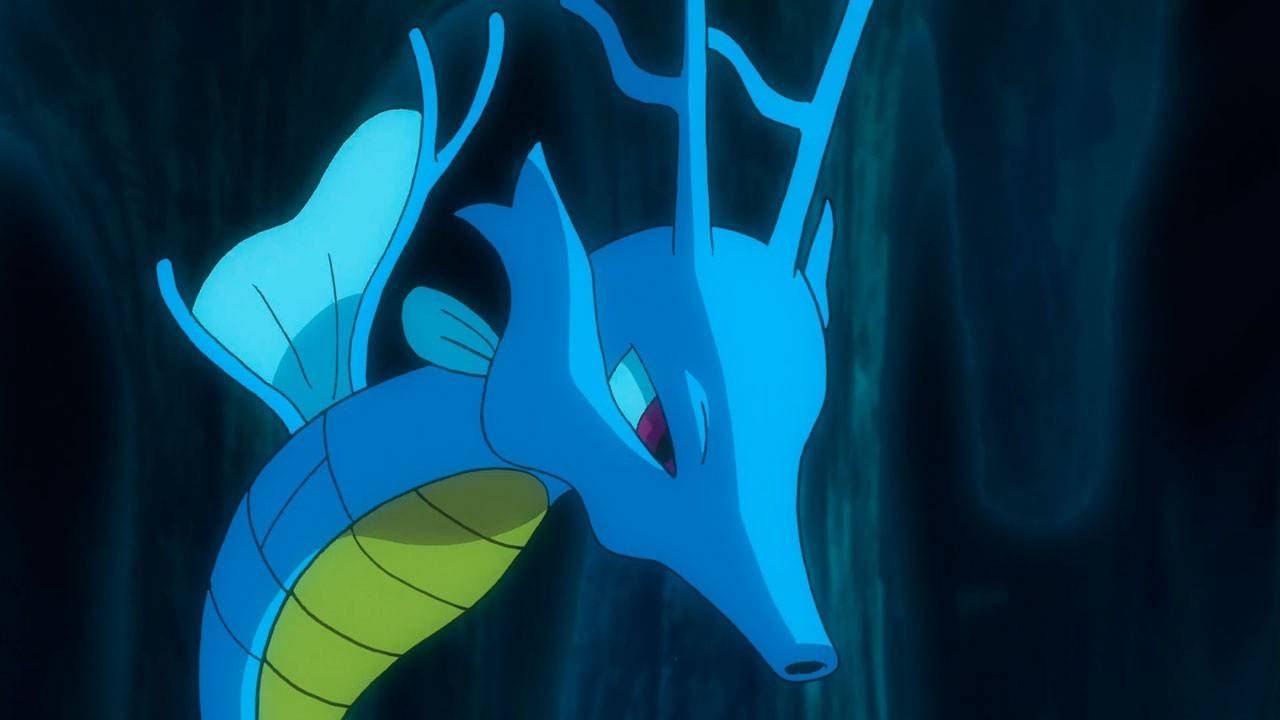 Image: bulbapedia.bulbagarden.net
Image: bulbapedia.bulbagarden.net
Kingdra, a Water/Dragon Pokémon, is admired for its balanced stats, elegant design, and powerful typing. It excels in rainy conditions and is inspired by sea dragons and seahorses, symbolizing its connection to the ocean's depths. Its name signifies its regal status among aquatic creatures and its dragon-like nature, making it versatile in both physical and special attacks.
Kingdra evolves from Seadra when traded while holding a Dragon Scale, adding to its rarity. With only two weaknesses—Dragon and Fairy types—it's a solid choice for battling, especially against Fairy types, which pose the greatest threat.
Barraskewda
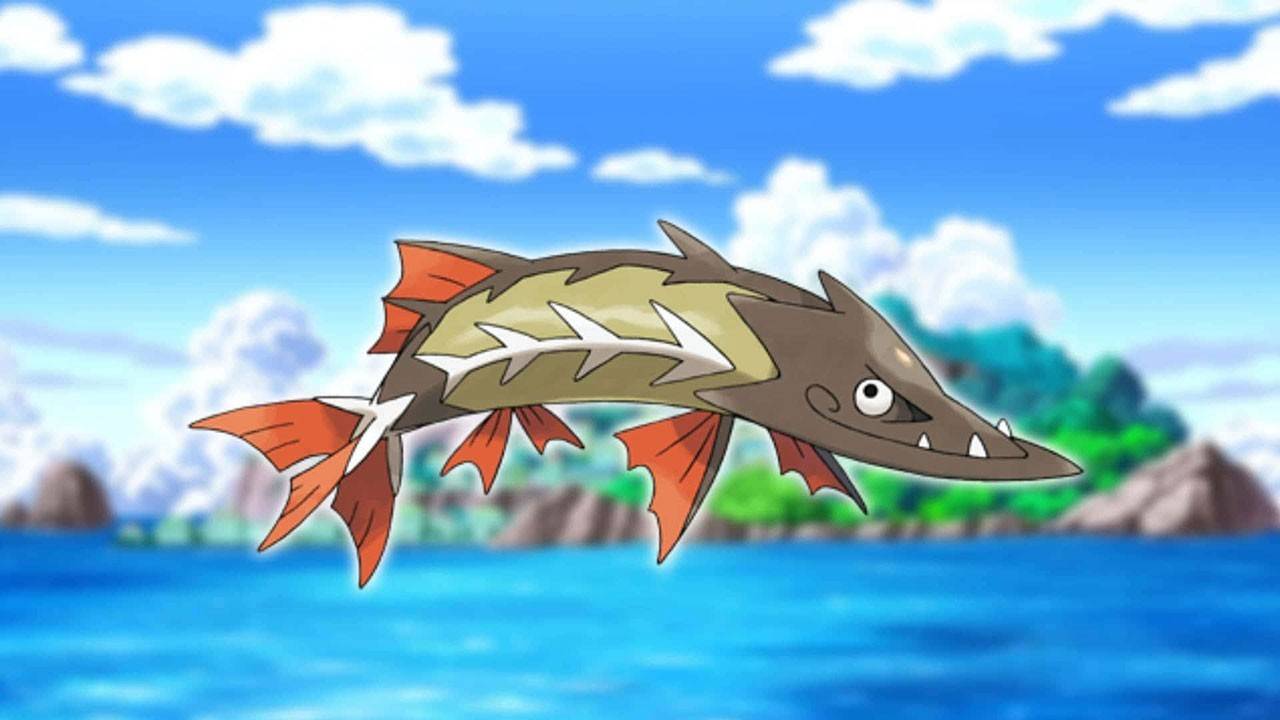 Image: bulbapedia.bulbagarden.net
Image: bulbapedia.bulbagarden.net
Barraskewda, a Water type from the eighth generation, is renowned for its speed and aggressive combat style. Its torpedo-like form races towards targets with precision, making it a valuable team member. Its design echoes the aggressive nature of a barracuda, and its name combines "barracuda" and "skewer," highlighting its piercing ability.
Barraskewda is highly vulnerable to Electric and Grass types, with Pokémon like Rillaboom posing a significant threat. Its low defense means even moderate hits can cause substantial damage, and fast moves like Aqua Jet can counter its speed advantage. Often seen on weather-based teams, particularly those relying on rain, Barraskewda embodies speed and power.
Lanturn
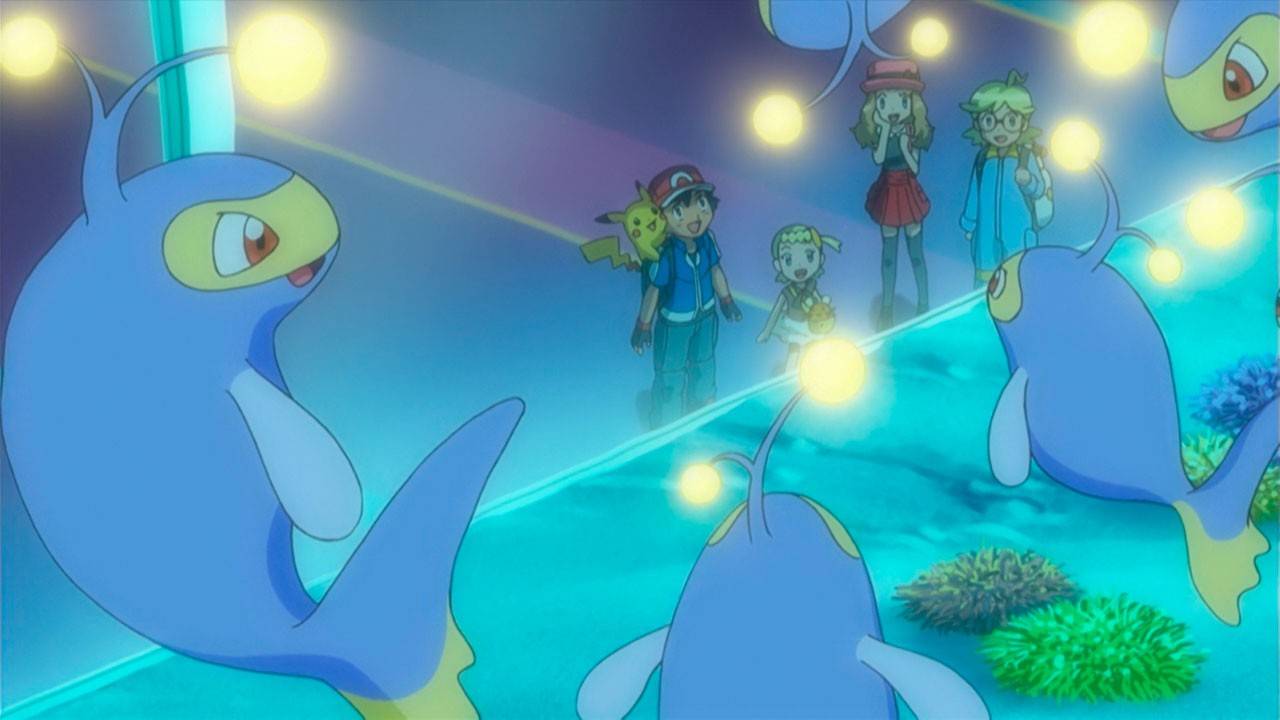 Image: bulbapedia.bulbagarden.net
Image: bulbapedia.bulbagarden.net
Unlike many Water types, Lanturn boasts a Water/Electric typing, making it immune to Electric attacks. Known for its bioluminescent lure, it attracts prey and illuminates the deep sea. Its design draws from the anglerfish, and its friendly demeanor sets it apart. Lanturn's light-in-the-dark theme is unique among deep-sea Pokémon.
However, it is highly vulnerable to Grass type moves, taking quadruple damage. Its low speed often results in it attacking second, and avoiding paralysis or toxic poisoning is crucial for maintaining its effectiveness in prolonged battles.
Wishiwashi
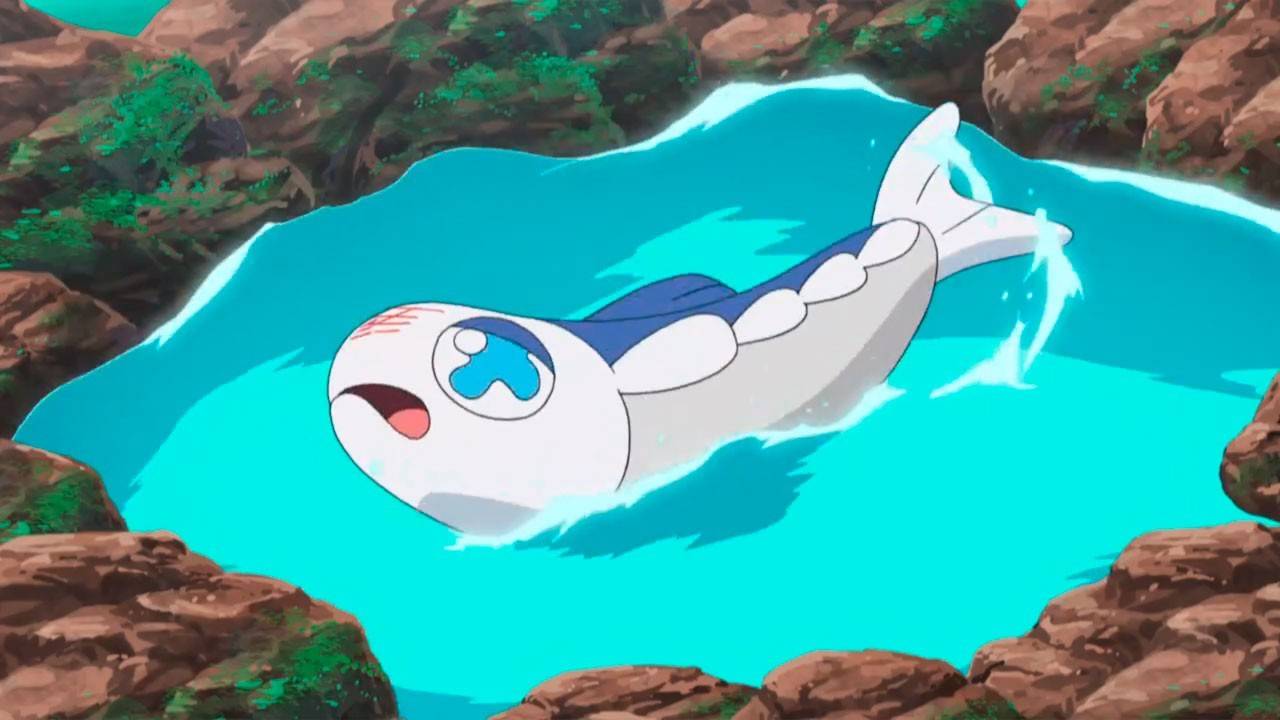 Image: bulbapedia.bulbagarden.net
Image: bulbapedia.bulbagarden.net
Wishiwashi, a seventh-generation Water type, is unique due to its form-switching mechanics. Initially appearing as a small, unremarkable fish, it transforms into a formidable School Form. This transformation symbolizes the power of unity and teamwork, making it a unique creature in the Pokémon universe.
Inspired by sardines and the defensive behavior of schooling fish, Wishiwashi's name reflects its frailty in Solo Form and its potential as a strong opponent. Its main weaknesses are Grass and Electric type attacks, and when its health drops below 25%, it reverts to its vulnerable Solo Form. Both forms are notably slow, but its mechanics emphasize the strength found in unity, appealing to experienced trainers.
Basculin (White-Stripe)
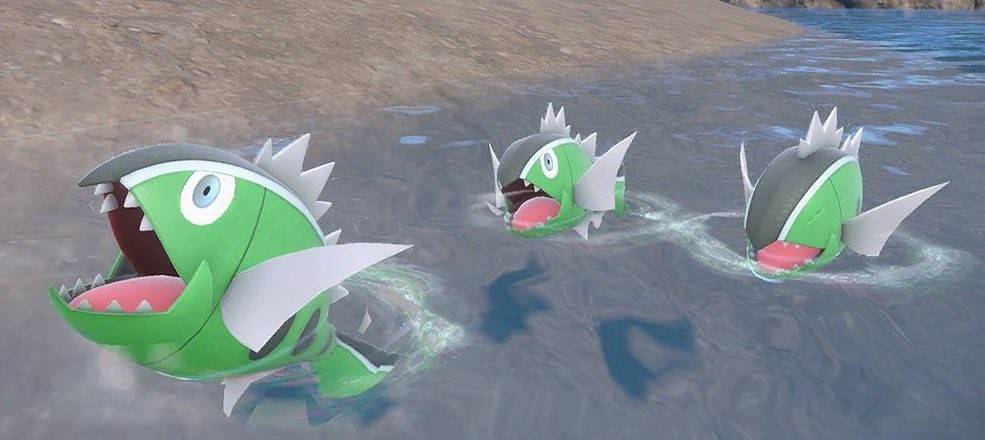 Image: x.com
Image: x.com
Basculin's White-Stripe form, introduced in Pokémon Legends: Arceus, is known for its calm yet intimidating nature. Inspired by piranhas or bass, this form adds elegance to its original design. Its name, combining "bass" and "masculine," reflects its strength and endurance.
Basculin is vulnerable to Electric type moves, taking significant damage from Thunderbolt or Volt Switch, and Grass types also pose a threat. Despite its strong offense and speed, it remains susceptible to powerful moves. Found in rivers and lakes, Basculin can evolve into Basculegion, symbolizing perseverance and sacrifice, making it a reliable choice for fast-attacking teams.
Finizen/Palafin
 Image: deviantart.com
Image: deviantart.com
Finizen and its evolution, Palafin, are ninth-generation Water type Pokémon resembling dolphins. Known for their friendly nature and unique transformation into Palafin, a superhero protector, they debuted in Pokémon Scarlet and Violet. Finizen's curiosity and playful nature make it popular among trainers and sailors.
Palafin is vulnerable to Grass and Electric types, and its weak base form before transformation leaves it open to early pressure. However, once transformed, Palafin becomes a defender ready to help its teammates, earning it a place in many players' hearts for its unique mechanics and charismatic design.
Seaking
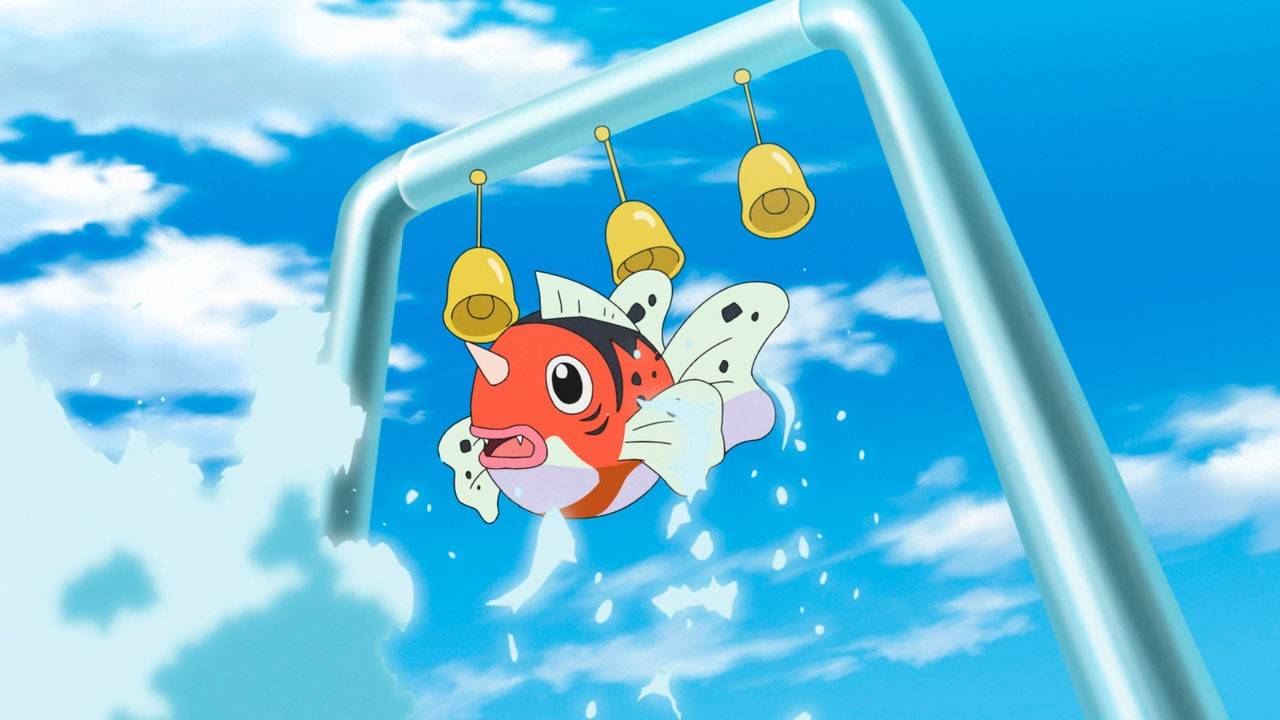 Image: bulbapedia.bulbagarden.net
Image: bulbapedia.bulbagarden.net
Seaking, a second-generation Water type, embodies the elegance and strength of aquatic creatures. Its vibrant fins and graceful movements resemble a true king of the deep, with significant combat potential. Inspired by Japanese koi carp, Seaking symbolizes perseverance and good fortune, evolving from the weaker Goldeen into a majestic Pokémon.
Seaking's primary weaknesses are to Grass and Electric types, and its relatively low attack speed poses challenges. Without activating its hidden ability, Lightning Rod, it remains vulnerable to Electric attacks. Found in freshwater habitats, Seaking's graceful swimming earns it the nickname "water dancer," and it plays a vital role in controlling insect populations.
Relicanth
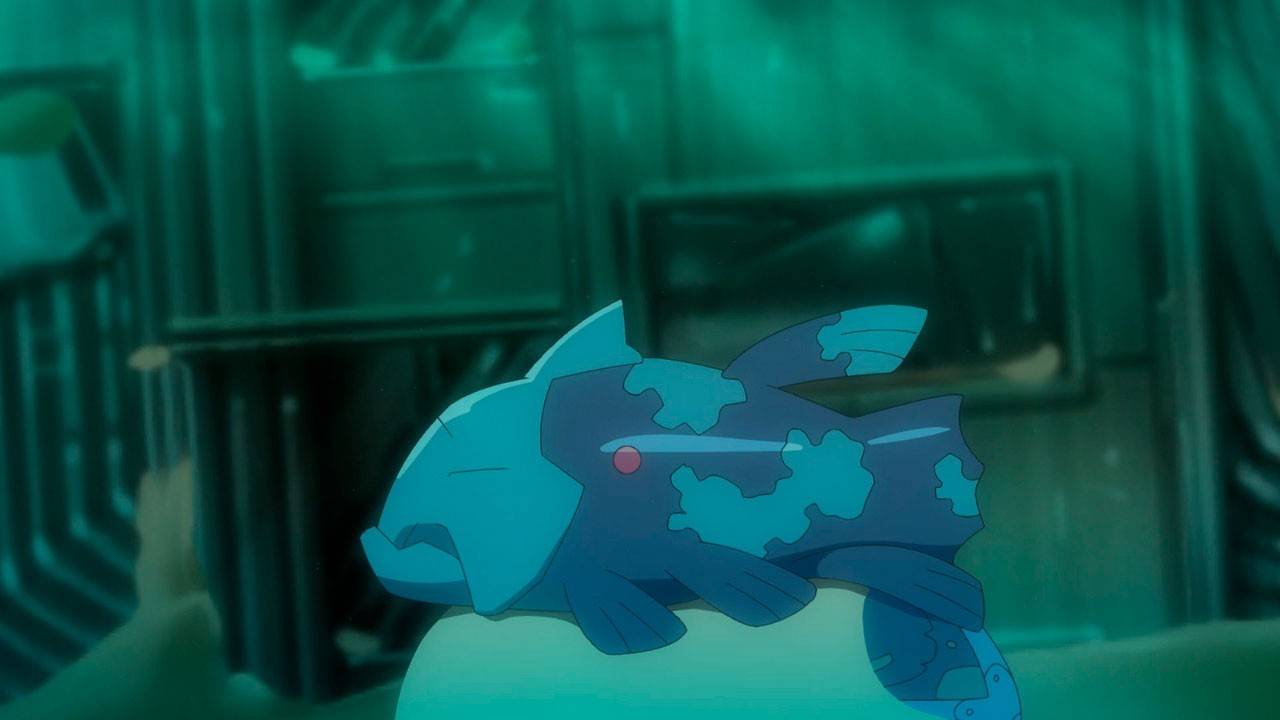 Image: bulbapedia.bulbagarden.net
Image: bulbapedia.bulbagarden.net
Relicanth, a third-generation Water/Rock type, resembles an ancient fish that has existed for millions of years. Inspired by the coelacanth, its name combines "relic" and "coelacanth," highlighting its prehistoric connection. Relicanth boasts exceptional defense and a high health pool, making it an excellent tank for prolonged battles.
Vulnerable to Grass and Fighting type moves, Relicanth's low speed can be a disadvantage. This rare and revered Pokémon symbolizes endurance and stability, having remained unchanged for millennia.
Qwilfish (Hisuian)
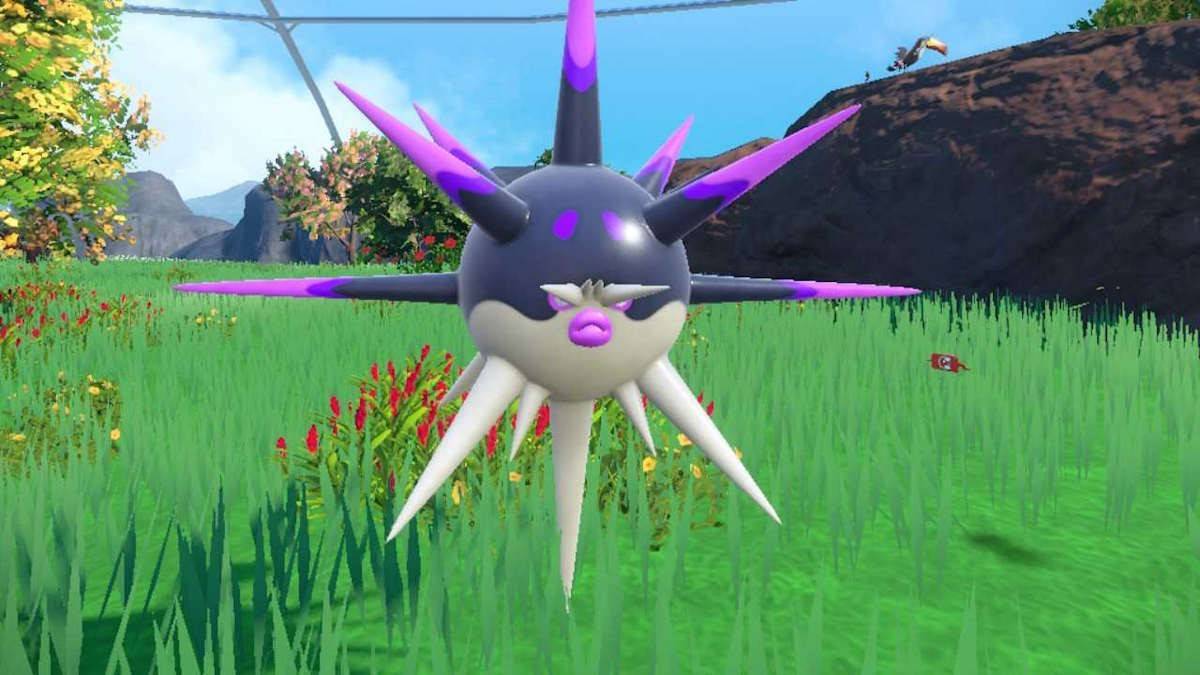 Image: si.com
Image: si.com
The Hisuian form of Qwilfish, introduced in Pokémon Legends: Arceus, is a Dark/Poison type inspired by the dangerous aquatic life of ancient Hisui. Its darker body and sharper spikes emphasize its aggressive nature, and it stores poison in its spines for powerful attacks.
Qwilfish is weak to Psychic and Ground types, and its low defense makes it susceptible to moves like Earth Power and Thunderbolt. It performs best in rainy conditions, and its lore portrays it as a survivor of the ancient world, symbolizing resilience and strength.
Lumineon
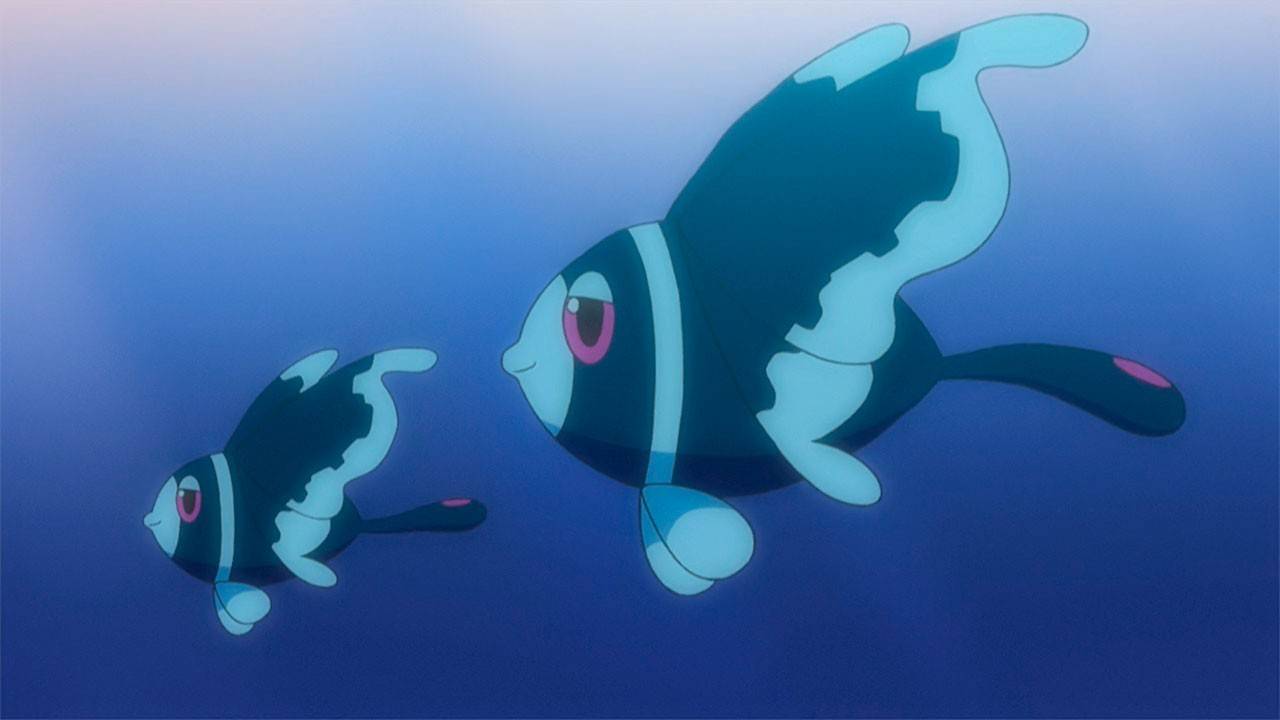 Image: bulbapedia.bulbagarden.net
Image: bulbapedia.bulbagarden.net
Lumineon, a fourth-generation Water type, is known for its grace and resemblance to lionfish. Its glowing fin patterns make it one of the most elegant marine creatures, with its name combining "luminous" and "neon" to highlight its ability to shine in the dark.
Weak to Grass and Electric types, Lumineon's relatively low attack power makes it reliant on specific conditions or boosts. It uses its glowing patterns for communication and to ward off predators in the deep sea, making it a stylish and versatile choice for weather-based teams.
Goldeen
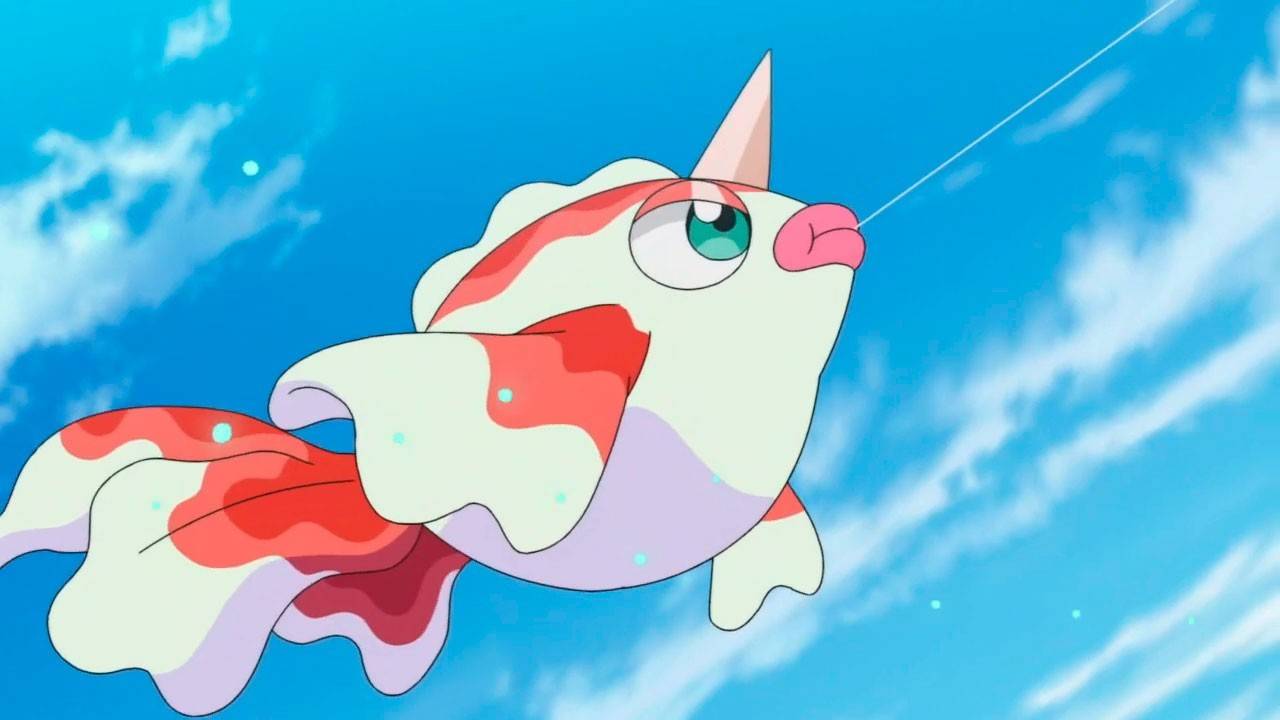 Image: bulbapedia.bulbagarden.net
Image: bulbapedia.bulbagarden.net
Goldeen, a first-generation Water type, is often referred to as the "queen of the waters." Resembling a goldfish, it's versatile and adaptable, making it a favorite among trainers. Inspired by ornamental koi carp, Goldeen symbolizes beauty and elegance, with its name combining "gold" and "queen."
Vulnerable to Electric and Grass types, Goldeen's average stats and susceptibility to status effects are challenges. Known for its beauty and energy, it's found in rivers and ponds, often associated with trainers who appreciate aesthetic collections.
Alomomola
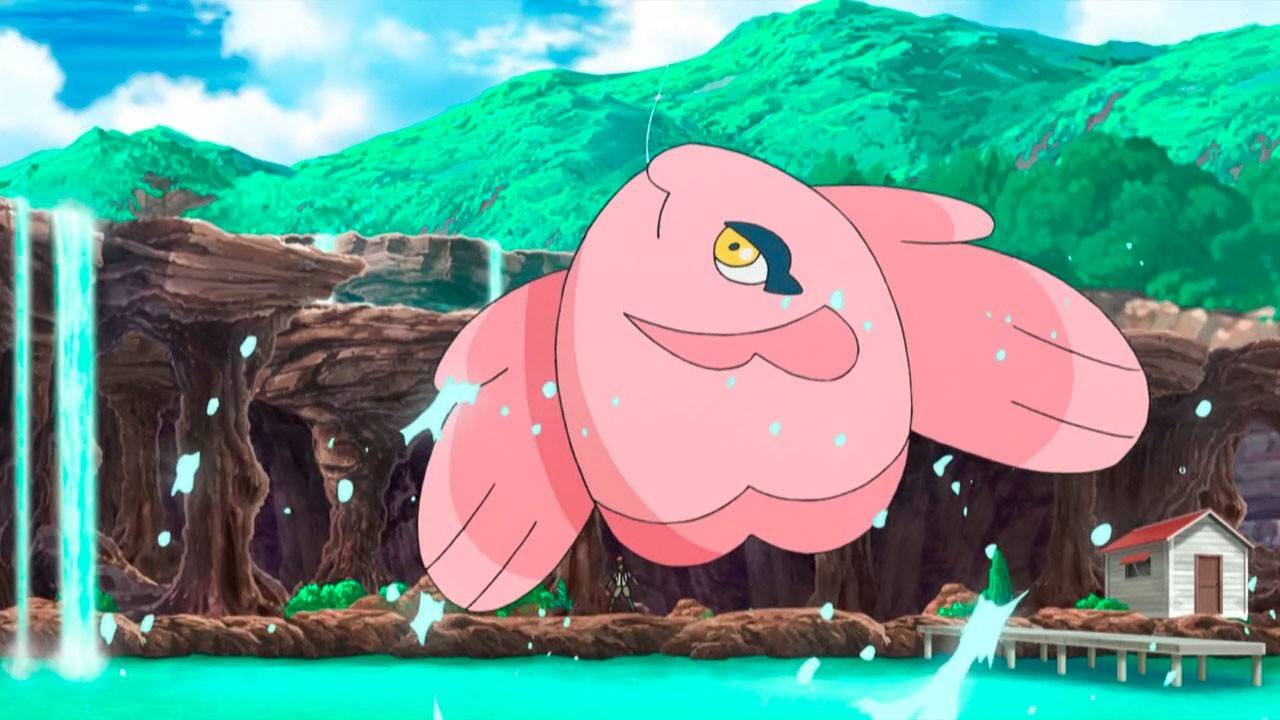 Image: bulbapedia.bulbagarden.net
Image: bulbapedia.bulbagarden.net
Alomomola, a fifth-generation Water type known as the "Guardian of the Ocean Depths," is famous for its nurturing nature. Its name combines "aloha" and "mola," emphasizing its connection to the sea and friendly demeanor. Resembling a sunfish with bright pink fins, Alomomola is key in healing its allies, making it effective in team battles.
Weak to Electric and Grass types, its low attack speed suits it better for support than damage dealing. Alomomola is less effective against Pokémon resistant to Toxic. Renowned for caring for injured Pokémon in the ocean, it's a favorite among trainers who value support and peace.
Fish-like Pokémon embody a unique blend of power, beauty, and strategic potential. Each has distinct abilities, allowing you to tailor your team to your playstyle. Adding one or more of these aquatic heroes to your collection will let you harness the strength of the aquatic world!
Latest Articles

